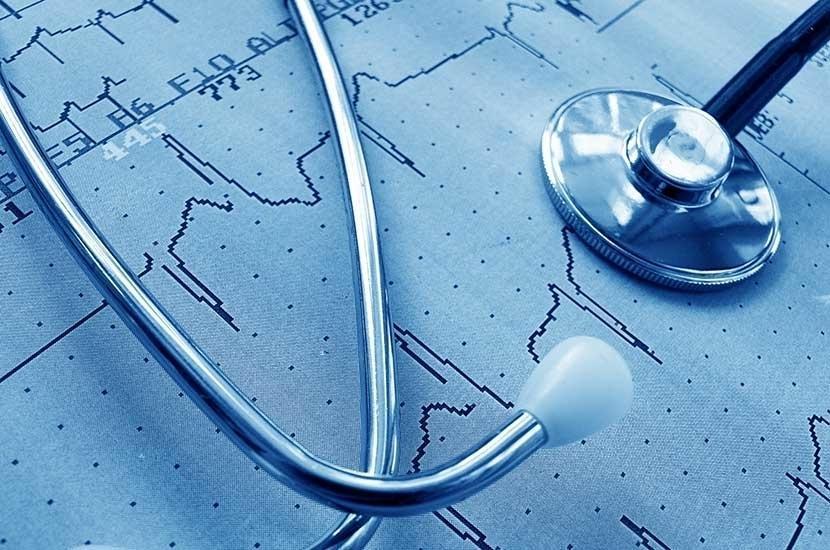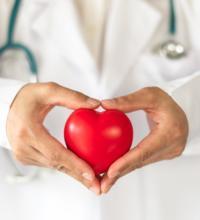The Revolutionary Use of L-PRF in Dentistry

Dr. Jayme A. Oliveira Filho (Dr. O) was born in Brazil on 1976. He finished his dental school at Federal University of Ceara School of Dentistry in 1999. Dr. O practiced dentistry in Brazil for 5 years until, where he did his post-graduation in dental prosthetics. He moved with his family to the United States in 2003 to... more
In the ever-evolving field of dentistry, researchers and practitioners are continually seeking innovative approaches to enhance patient outcomes and improve healing processes. One such advancement that has gained significant attention in recent years is the use of Leukocyte-Platelet Rich Fibrin (L-PRF). This natural and regenerative biomaterial has proven to be a game-changer in various dental procedures, revolutionizing the way dentists approach tissue healing and regeneration.
L-PRF is derived from the patient's own blood, making it an autologous product that eliminates the risk of immune rejection or disease transmission. The process begins by drawing a small amount of blood, which is then centrifuged to separate it into its various components. Through this centrifugation process, a fibrin clot is obtained, enriched with platelets, leukocytes, and growth factors. This fibrin clot is then further processed to create a dense, three-dimensional matrix known as L-PRF.
The unique composition of L-PRF provides numerous benefits in various dental procedures. One of its primary applications is in the field of oral surgery. During procedures such as tooth extractions, implant placements, and bone grafting, L-PRF can be utilized to enhance the healing process. When placed in the surgical site, L-PRF acts as a scaffold, facilitating the migration and proliferation of cells involved in tissue regeneration. The growth factors present in L-PRF promote angiogenesis (formation of new blood vessels), increase collagen production, and stimulate the activity of various cells involved in the healing process. As a result, patients experience faster healing, reduced post-operative pain, and improved outcomes.
Another area where L-PRF has demonstrated its effectiveness is in periodontal therapy. Patients with periodontal disease often experience gum recession and bone loss. L-PRF can be used as an adjunctive therapy to conventional periodontal treatment to promote tissue regeneration. By placing L-PRF in periodontal pockets or around affected teeth, the growth factors present in the fibrin matrix can stimulate the regeneration of periodontal tissues, including the gums and bone. This approach has shown promising results in improving clinical parameters such as pocket depth reduction, attachment gain, and bone regeneration.
In addition to its use in oral surgery and periodontal therapy, L-PRF has found applications in other areas of dentistry as well. It can be used in the management of oral mucosal defects, such as those caused by trauma or surgical procedures. L-PRF promotes wound healing, reduces inflammation, and accelerates the regeneration of oral mucosal tissues. Furthermore, L-PRF has shown potential in the treatment of temporomandibular joint (TMJ) disorders by promoting tissue repair and reducing inflammation in the joint.
The use of L-PRF in dentistry offers several advantages. Firstly, it is a cost-effective and readily available biomaterial since it is derived from the patient's own blood. This eliminates the need for additional materials or external sources. Secondly, L-PRF is easy to prepare chairside, allowing dentists to obtain the biomaterial during the same appointment, ensuring its freshness and maximum therapeutic potential.
As with any emerging technology or treatment modality, ongoing research is being conducted to further explore the applications and benefits of L-PRF in dentistry. While the current evidence is promising, continued studies will provide more comprehensive insights into its long-term effectiveness and potential uses.
In conclusion, L-PRF represents a significant advancement in the field of dentistry, offering a natural and regenerative approach to enhance tissue healing and regeneration. Its applications in oral surgery, periodontal therapy, and other dental procedures have shown promising results in improving patient outcomes.








